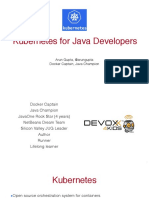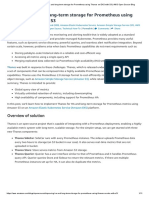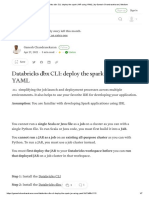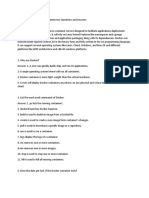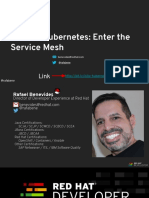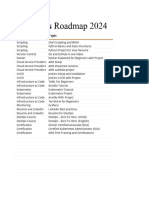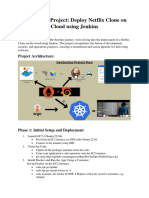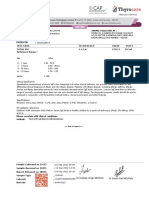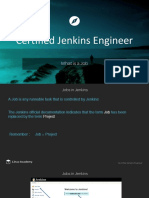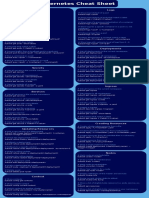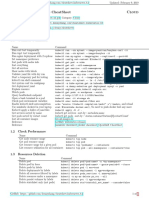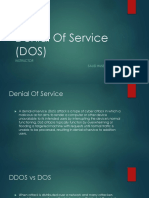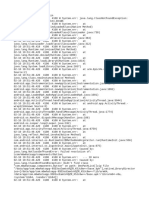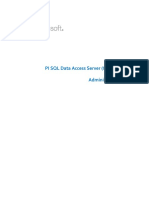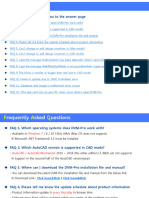0% found this document useful (0 votes)
63 views11 pagesKubectl Cheat Sheet - Kubernetes
The kubectl Cheat Sheet provides a comprehensive overview of the kubectl command, including commands for managing Kubernetes resources such as creating, updating, deleting, and viewing resources. It also covers configuration management, resource scaling, and interacting with pods and nodes. Additional sections include resource types, formatting output, and using autocomplete features in different shell environments.
Uploaded by
sonogong777Copyright
© © All Rights Reserved
We take content rights seriously. If you suspect this is your content, claim it here.
Available Formats
Download as PDF, TXT or read online on Scribd
0% found this document useful (0 votes)
63 views11 pagesKubectl Cheat Sheet - Kubernetes
The kubectl Cheat Sheet provides a comprehensive overview of the kubectl command, including commands for managing Kubernetes resources such as creating, updating, deleting, and viewing resources. It also covers configuration management, resource scaling, and interacting with pods and nodes. Additional sections include resource types, formatting output, and using autocomplete features in different shell environments.
Uploaded by
sonogong777Copyright
© © All Rights Reserved
We take content rights seriously. If you suspect this is your content, claim it here.
Available Formats
Download as PDF, TXT or read online on Scribd
/ 11












